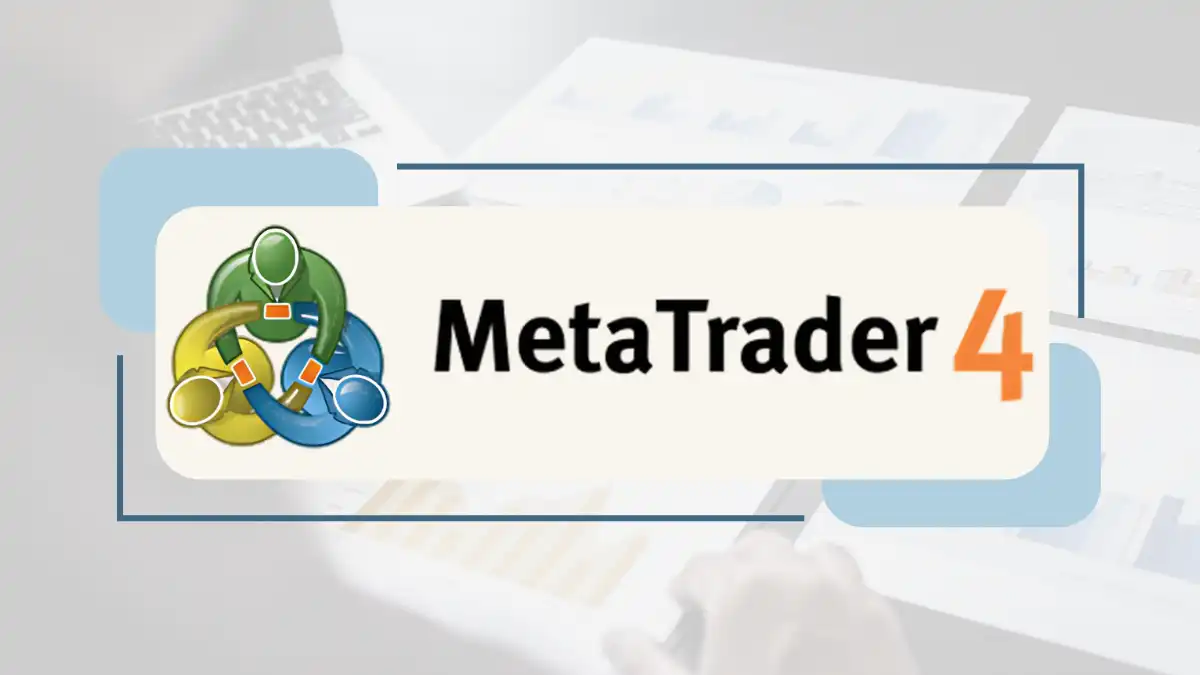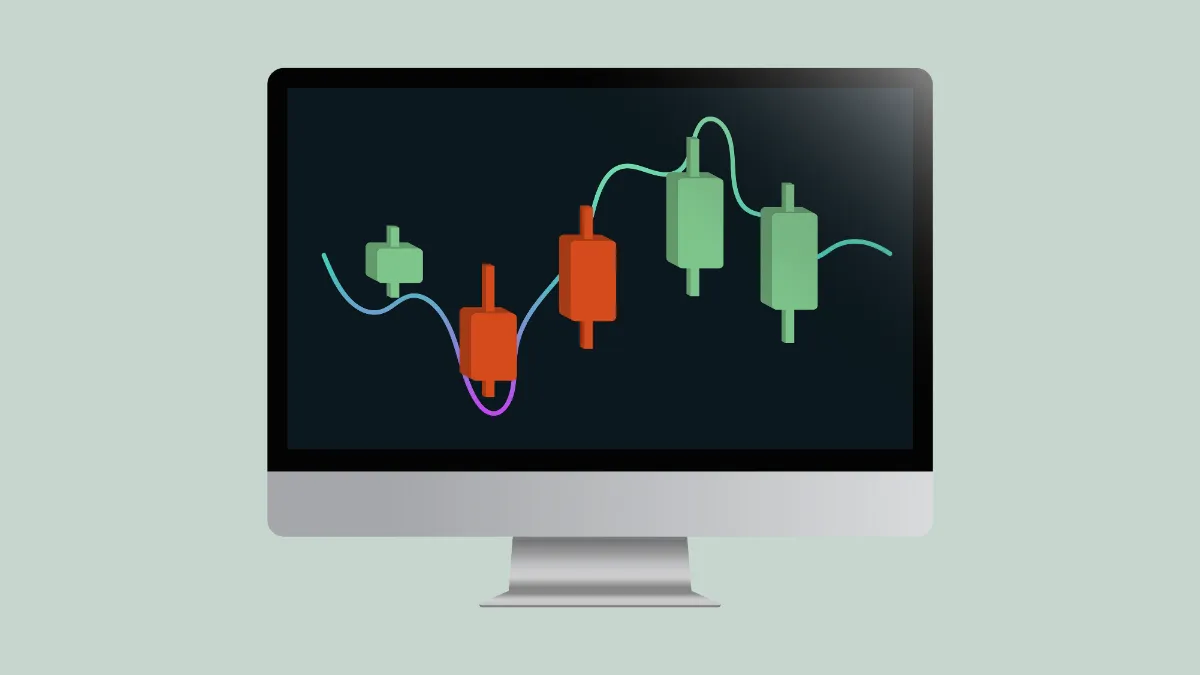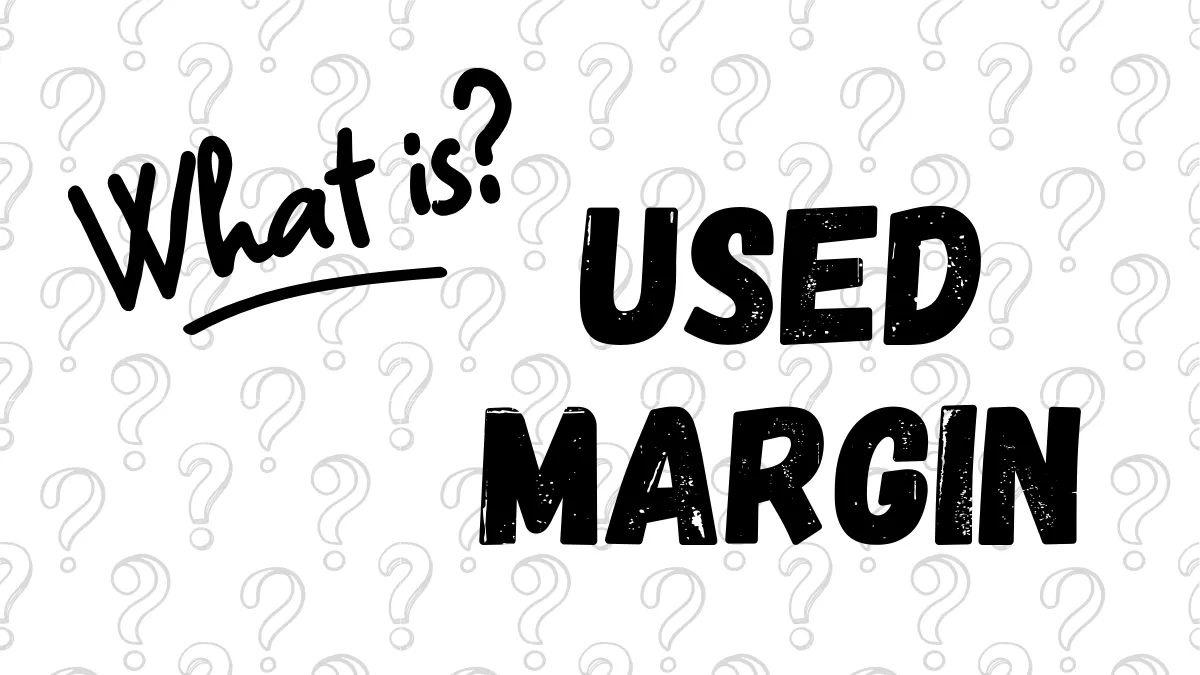Foreign Exchange Trading Order Types Memorandum
When trading in the foreign exchange market, understanding and selecting the correct order type is crucial. This foreign exchange trading order types memorandum will help you quickly grasp the functions of each order and know which order to use in what circumstances. This way, you can flexibly utilize these orders to optimize your trading strategy and manage risk.
1. Market Order
- Definition: A market order is an order executed immediately at the current market price.
- Usage: Use when you want to enter or exit the market immediately.
- Suitable Situation: For quick trades or to execute trades swiftly in a volatile market.
- Keywords: Immediate execution , instant trading.
2. Limit Order
- Definition: A limit order allows you to buy or sell at a specified price and is executed only when the price reaches your set level.
- Usage: Use when you wish to enter the market at a more favorable price or want to lock in profits.
- Suitable Situation: When the market price deviates from your ideal entry/exit point.
- Keywords: Price target , waiting for execution.
3. Stop Loss Order
- Definition: A stop loss order is set at a certain price level, and when the price reaches that level, it automatically closes the position to prevent larger losses.
- Usage: Used to limit losses and protect your trading capital.
- Suitable Situation: Should be set in any situation where you want to control risk.
- Keywords: Risk control , automatic closing.
4. Take Profit Order
- Definition: Automatically executes a closing position when the market price reaches your set profit target, helping you lock in profits.
- Usage: Ensures that profits are locked in when the price reaches the expected target.
- Suitable Situation: Use when you have set a target price and want to automatically lock in profits.
- Keywords: Lock in profits , automatic closing.
5. Stop Limit Order
- Definition: A stop limit order combines a stop loss order with a limit order. When the price reaches the stop loss price, it triggers the limit order, which is executed only within the limit price range.
- Usage: Used to limit losses while ensuring that the closing price is within an acceptable range.
- Suitable Situation: Used when the market is highly volatile to avoid price slippage.
- Keywords: Risk control , price range.
6. Trailing Stop Order
- Definition: A dynamic stop loss order that automatically adjusts the stop loss point as the market price moves in your favor.
- Usage: Helps lock in more profits when the market rises while protecting against market pullbacks.
- Suitable Situation: When the market price is highly volatile and you want to dynamically manage the stop loss position.
- Keywords: Dynamic risk control , lock in profits.
7. OCO Order
- Definition: An OCO order consists of two orders, and when one order is triggered, the other order is automatically canceled.
- Usage: Set two orders simultaneously (e.g., one is a buy limit order, and the other is a sell limit order) when the market direction is uncertain to capture any potential market opportunities.
- Suitable Situation: Set when the market direction is uncertain to avoid missing trading opportunities.
- Keywords: Dual strategy , risk hedging.
8. GTC Order
- Definition: A GTC order is an order that does not automatically cancel when the market closes and remains valid until manually canceled by the trader or triggered by market conditions.
- Usage: Keep your order valid until the target price is reached or you decide to cancel it.
- Suitable Situation: Use when you want to continuously wait for the market price to reach the target.
- Keywords: Continuously valid , manual cancellation.
Summary
This foreign exchange order types memorandum can help you quickly understand the functions and usage situations of each order. Choosing the appropriate order type based on market conditions can not only improve trading efficiency but also help you better manage risk and potential profits. Whether you are a short-term trader or a long-term investor, mastering these order types is an essential skill in foreign exchange trading.
Hi, We are the Mr.Forex Research Team
Trading requires not just the right mindset, but also useful tools and insights.Here, we focus on Global Broker Reviews, Trading System Setup (MT4 / MT5, EA, VPS), and Forex Trading Basics.
We personally teach you to master the "Operating Manual" of financial markets, building a professional trading environment from scratch.
If you want to move from theory to practice:
- Help share this article to let more traders see the truth.
- Read more articles on Broker Tests and Forex Education.





